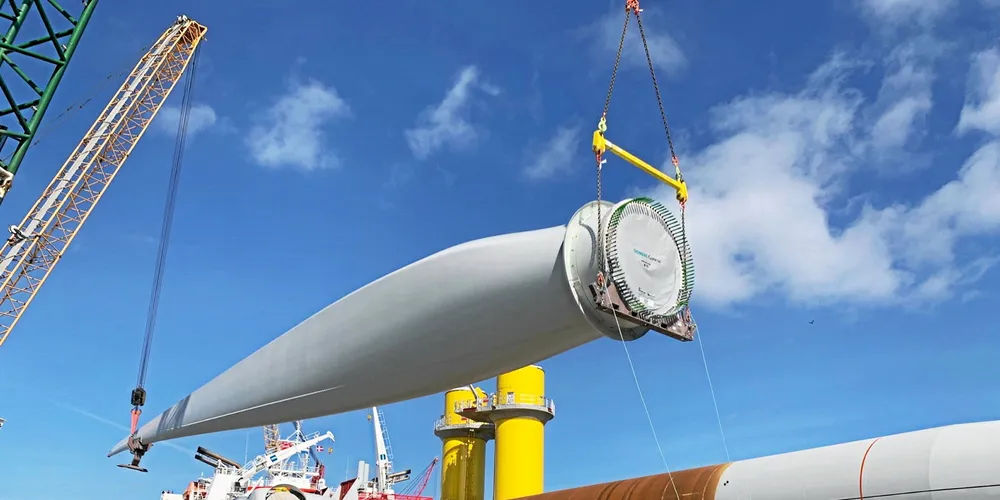Half of US offshore wind power national goal 'at risk' due to lack of coastal industry: NREL
Report finds an almost $23bn spend needed on manufacturing, ports, and vessel capacity for industrial growth to meet government target of 30GW of plant by 2030

Produced with the Business Network for Offshore Wind (BNOW), the Department of Energy, and the National Offshore Wind Research and Development Consortium, the report calculates that the future of the burgeoning US offshore wind sector hinges on investment of $23bn into coastal and port manufacturing infrastructure, wind turbine installation vessels (WTIV) and other specialised ships.
It also lays out a road map for developing a supply chain that would be capable of delivering 2,100 turbines, 6,800 miles (10,944km) of cable, numerous vessels, and tens of thousands of qualified workers through to the end of the decade.
“To meet our ambitious clean energy national goals, American manufacturers must play a larger role to accelerate our transition,” said Ross Gould, vice president for supply chain development and research at BNOW.
“This road map lays out the challenges and collaborative actions needed to bring more domestic companies into the supply chain and the opportunity those businesses bring.”
Building a domestic offshore wind energy supply chain by 2030 would require at least $22.4bn in investment and could generate up to 49,000 jobs annually, the report said, adding that this would also ensure developers have access to componentry as “existing international manufacturing facilities likely will not have sufficient capacity to provide components for the US and global demand”.
Port and vessel capacity are critical needs and the 2030 30GW buildout requires between 4-6 WTIV totaling $3.5bn and some $8bn for new and upgraded marshalling and manufacturing port infrastructure.
US manufacturers are likely to struggle in several key market segments, such as permanent magnets, electrical systems for offshore substations, and steel plates for monopiles and towers, but investment is already ongoing.